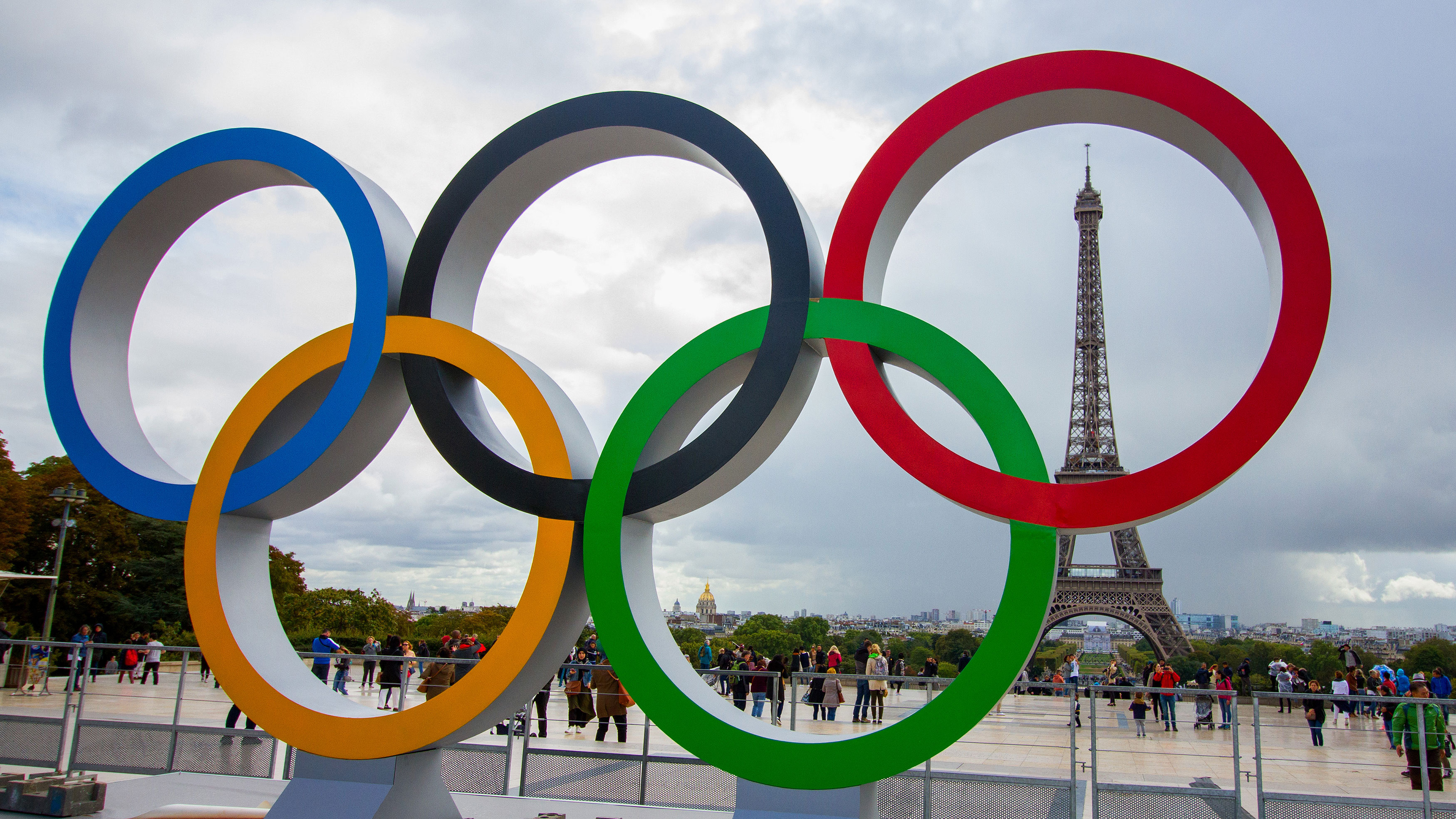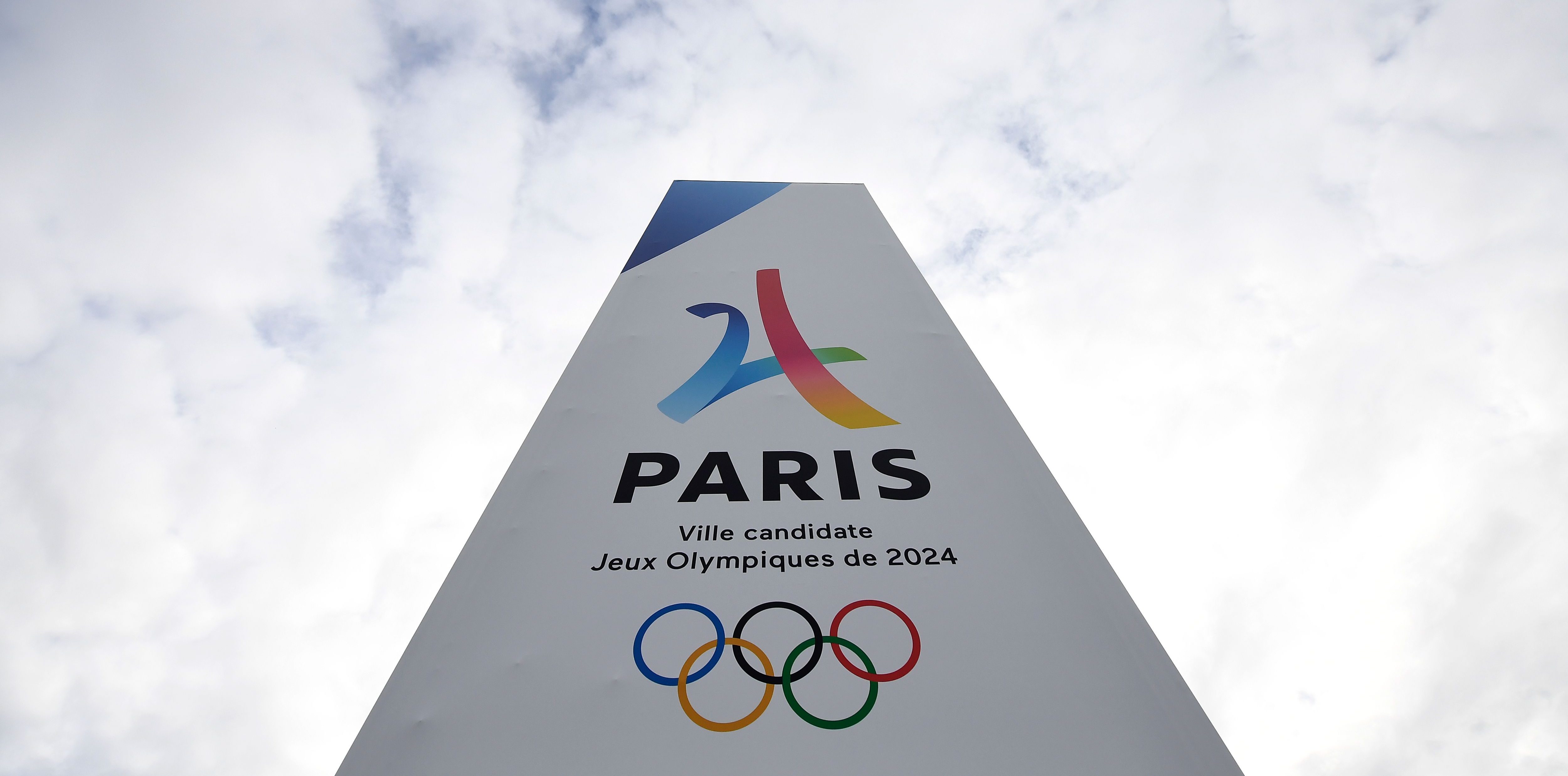
Kayla DiCello trained her entire life to make the U.S. women's Olympic gymnastics team.
After she was named an alternate for the 2020 Tokyo Olympics, 2024 was shaping up to be her year. DiCello, a two-time world medalist, won the first meet of the season, the Winter Cup, and finished third in the all-around at the 2024 U.S. Championships.
In the opening routine of the U.S. Olympic Gymnastics Trials on June 27, she attempted a double-twisting Yurchenko vault she had performed thousands of times before. But instead of completing the two twists she was intending, she fell to the floor after she hit the mat. DiCello looked up at her coach and shook her head with tears in her eyes.
DiCello, 20, had ruptured an Achilles tendon and was taken off the competition floor in a wheelchair, her Olympic dream on hold once again.
The Hurricane season is on. Our meteorologists are ready. Sign up for the NBC 6 Weather newsletter to get the latest forecast in your inbox.
She was the third top contender for the five-member Paris Olympic team to sustain a season-ending injury at the trials in Minneapolis, and hers was the second Achilles injury of the week.
Skye Blakely, who was the runner-up to Simone Biles at the U.S. Championships, also ruptured an Achilles last week while she was training a tumbling pass on the floor exercise.
Dr. Michael Canales, a foot and ankle surgeon who specializes in Achilles injuries in gymnastics, was not shocked by the slew of injuries at the trials.
“Emphasizing difficulty and amplifying training demands creates a recipe for disaster,” said Canales, who is a former NCAA gymnast himself. “When these factors are coupled with the heightened demands of an Olympic year, the outcome is unsurprising.”
A 2021 study published in the journal Sports Health found that the risk of Achilles injuries in collegiate women’s gymnastics was 10 times higher than in any other college sport.
The intense training schedules of elite gymnasts involve repetitive motions, which predispose them to overuse injuries.
"The repetitive forces from dismounts, vaults and tumbling can lead to micro-tears, causing degeneration of the tendon, loss of elasticity and eventual rupture," Canales said.
In addition to the high-impact nature of the sport, gymnasts typically train barefoot or in minimal footwear compared to other athletes. That leaves the Achilles tendons without much support and cushioning, making them more vulnerable to injury.
Canales said an Achilles tendon rupture often involves a "forceful eccentric load" to the tendon or "lengthening the tendon while it is under tension."
The "take-off" skills performed by elite gymnasts, such as the lead-ups to Yurchenko vaults and backward tumbling passes, are common instigators of Achilles injuries, according to a 2023 study published in the journal Orthopedics.
Many elite gymnasts start intensive training at young ages and are in the gym up to 40 hours per week.
While gymnasts like Biles, 27, are breaking age barriers for their longevity in the sport, prolonged careers also allow for greater degradation of Achilles tendons over time.
What's more, tumbling surfaces at major competitions like the Olympic trials tend to have less padding than the softer mats gymnasts land on in their home training gyms, making injuries on those public stages more common.
Blakely called her Achilles injury at trials "unavoidable" in an Instagram post.
"This is not the way I saw my Olympic trials going or how my season ends," Blakely said of her injury. "I’m devastated and heartbroken but I believe everything happens for a reason. I was so close to reaching my dream but this injury was unavoidable."
However, there are preventive protocols the sport could adopt to decrease the risk of Achilles injuries, Canales said.
They include serial MRI scans, pre-emptive interventions for tendon pain and periodic reviews of competition and training video to help identify athletes who are at risk of Achilles injuries.
"Training methods must evolve swiftly to match the escalating demands," Canales said.
The typical recovery period after an Achilles tendon repair operation is six to 12 months. It involves immobilization, physical therapy and a gradual return to dynamic and high-impact activities.
Even after gymnasts return to the sport, they face a higher risk of rupturing the Achilles tendons on their opposite legs, Canales said.
The ultimate goal, he said, is to implement preventive measures in the sport that could prevent injuries in the first place.
Canales described the current protocols as inconsistent and "arbitrary," calling for more formulaic guidelines across the sport, rather than a reliance on decisions by individual athletes, coaches and parents.
"While this is not the result I envisioned, there’s so much to be proud of," DiCello said Saturday on Instagram. "Years of tireless work and dedication in the gym with the dream of representing my country once more at the Olympic Games. Pushing myself to go after new skills, new dreams."
This story first appeared on NBCNews.com. More from NBC News:





